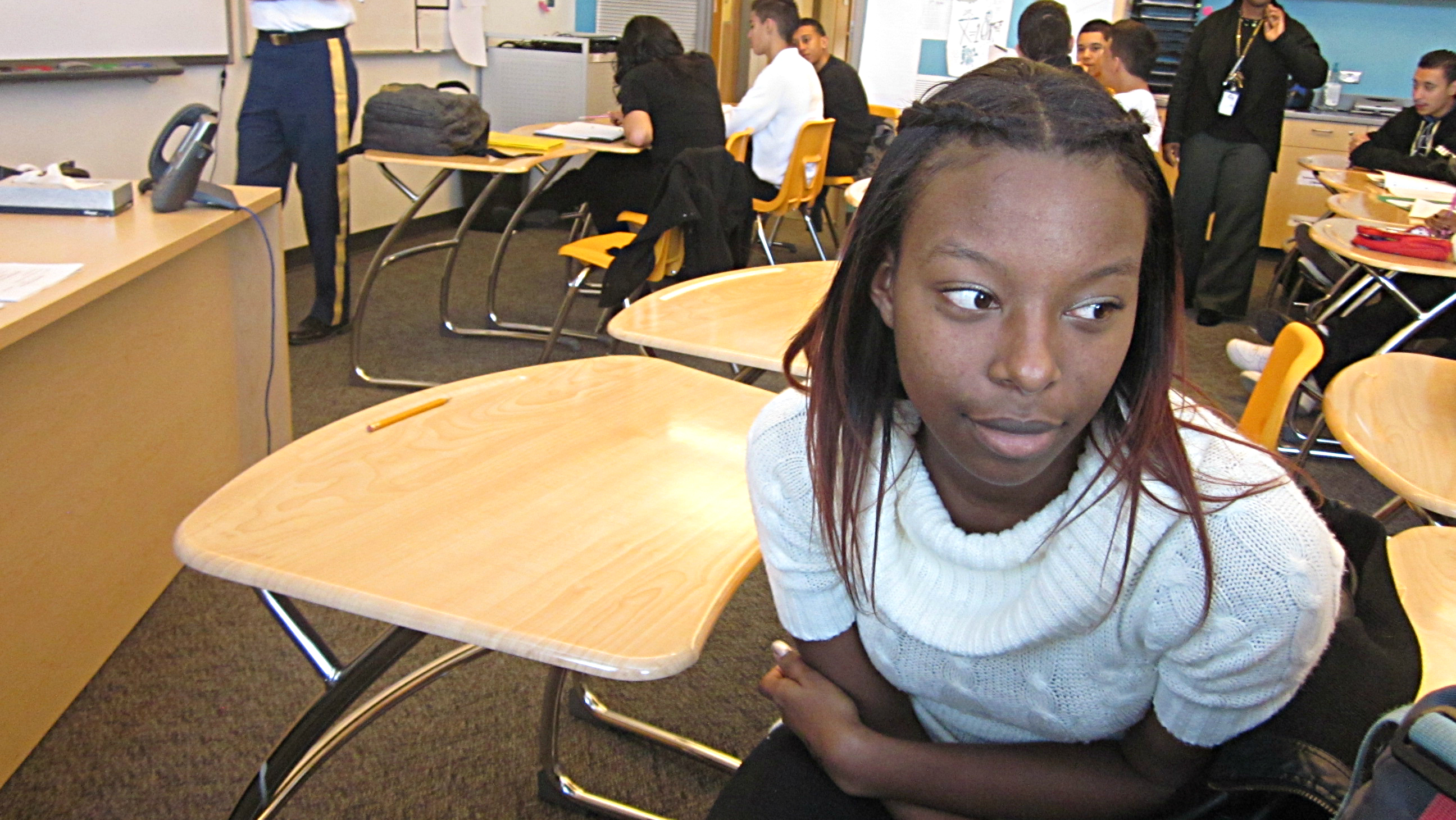
A Colorado-based nonprofit will provide thousands of families the opportunity to attend schools of their choice.
The Daniels Fund promises to add 100,000 seats to non-traditional schools by 2030. Those can be secular or religious private schools, publicly funded charter schools, or “micro-schools.”
“When parents and kids get to make a choice about the school they attend, they're usually more engaged,” said Daniels Fund CEO Hanna Skandera. The charitable foundation has invested a billion dollars in education and other areas over the past 20 years.
The grants won’t go directly to families. Instead, the organization will give millions to charter schools and charter school networks to expand seats, or to a new micro-school that’s launching, or to organizations like ACE Scholarships, which gives scholarships to low-income children to attend private schools. Skandera said the bulk of the grants in Colorado will go to publicly funded charter schools.
The organization said the investment across four states – Colorado, New Mexico, Utah and Wyoming – will increase attendance at non-traditional schools in the region by nearly 30 percent.
CPR could not reach Colorado charter school networks for comment because they are on summer break.
Why the investment now?
Earlier this summer, national tests known as NAEP showed the biggest decline in reading and math scores among 13-year-olds since the federal government began tracking test scores. In the west region, math scores declined 9 points — from 279 to 270 — and reading scores declined 3 points — from 258 to 255.
The pandemic had a profound impact on student test scores, with many students unable or unwilling to learn online. In October, NAEP reported that Colorado math proficiency was 36 percent for fourth graders and 28 percent for eighth graders. Only 38 percent of fourth graders and 34 percent of eighth graders tested proficient in reading.
“That's a generation of kids that are not being prepared for success,” Skandera said. “It feels like it's that right time to say, ‘let's create as many options as possible.’”
Teachers also report students are increasingly having a difficult time focusing in school. The American Academy of Child and Adolescent Psychiatry reports that on average, children ages 8-12 spend four to six hours a day watching or using screens, and teens spend up to nine hours. One longitudinal study in 2020 found too much screen time led to emotional dysregulation, which negatively affected reading and math in students between 4 and 8 years old.
Why charter schools?
Skandera believes charter schools provide a more customized opportunity for students to excel. Some focus on science and technology, while others focus on the arts, “so this allows kids to also pursue, whether it's a learning style or a specific area of strength, that it gives them that opportunity to really have something that is tailored to their needs versus a more cookie cutter approach.”
Though charter schools are publicly funded and independently run, Skandera said not all charter schools receive the same funding as neighborhood or traditional schools. For example, many must find and pay for their own buildings. Daniels grants would allow them to add grades or seats by paying for classroom space.
Because charter schools typically offer more learning days in math and reading compared to traditional schools, an analysis of a recent national student shows that charter schools nationwide slightly outperform nearby district schools. That analysis shows the gains were more modest than some have claimed.
Still, closer to home, one research report shows graduation rates and achievement improved after Denver Public Schools expanded school choice under a portfolio model.
About 15 percent of students attend charter schools in Colorado. A Keystone Policy report shows the state has the third largest share of students attending charter schools in the country after charter enrollment expanded during the pandemic. Skandera said if the Daniels Fund reaches its goal, more than one in five students would attend a charter school in Colorado.









